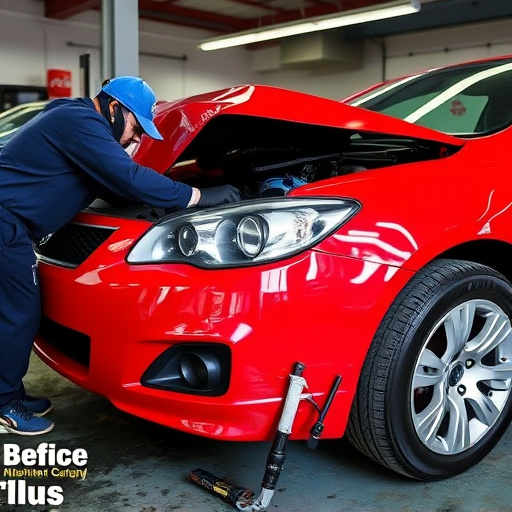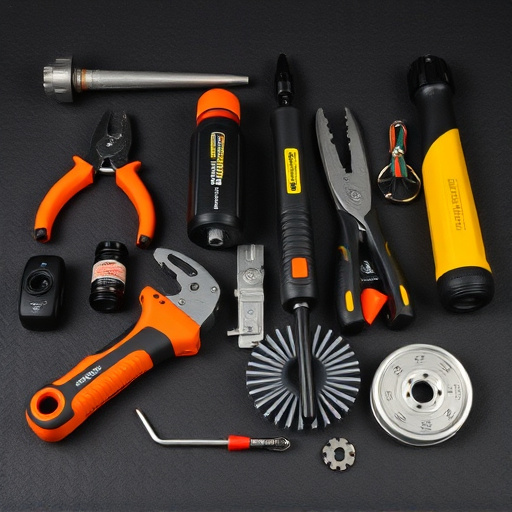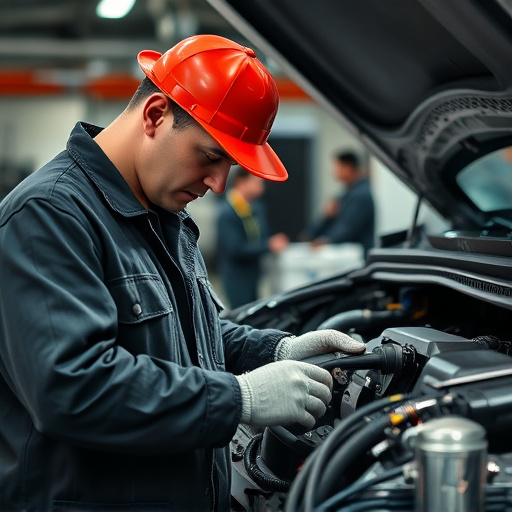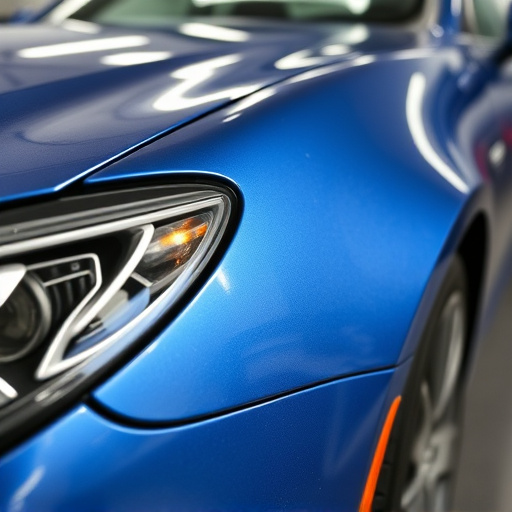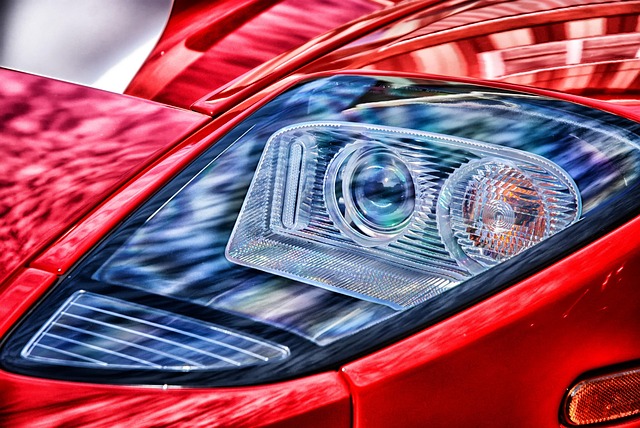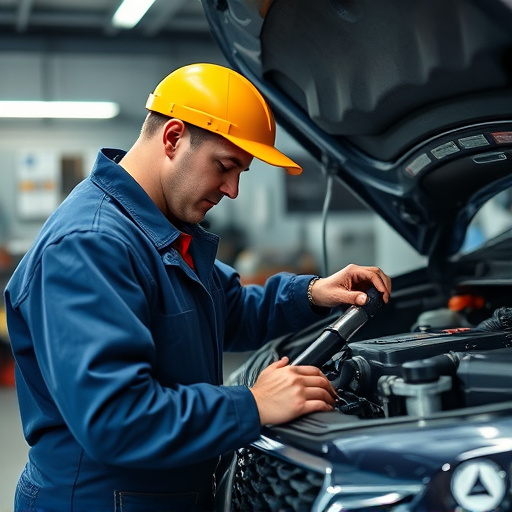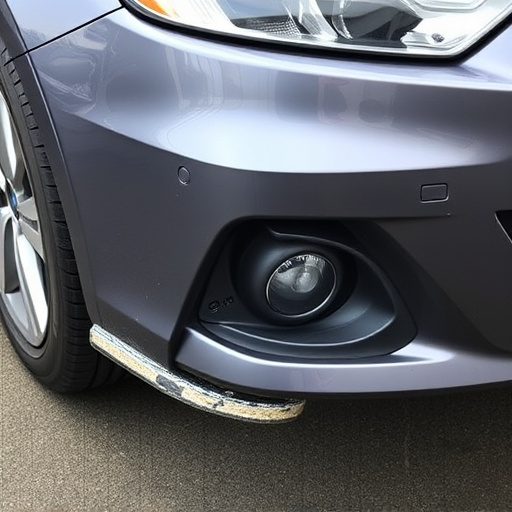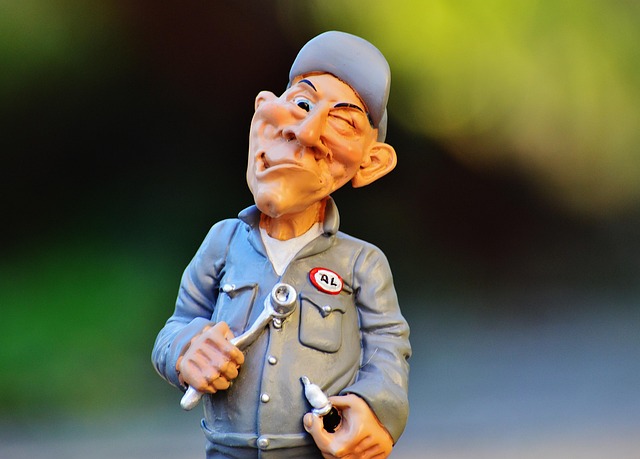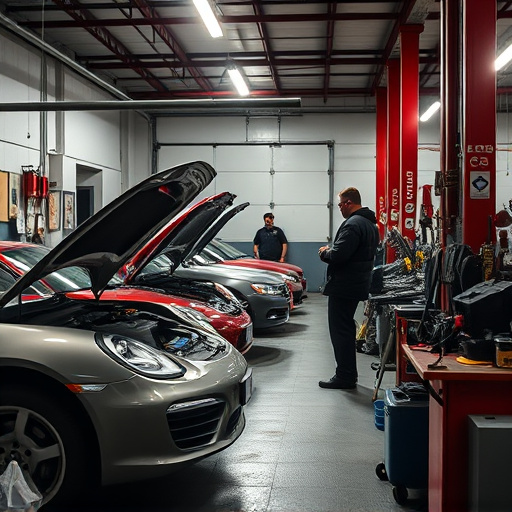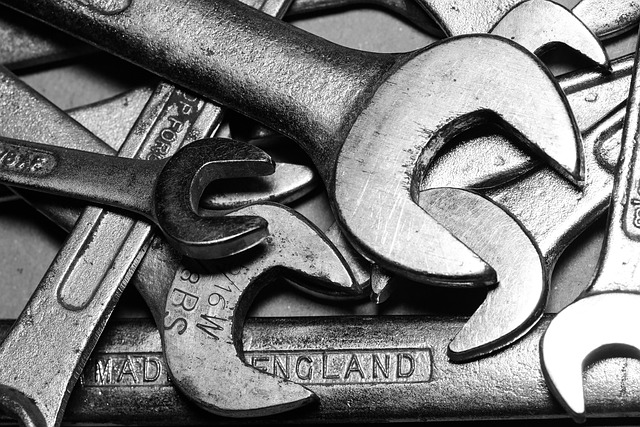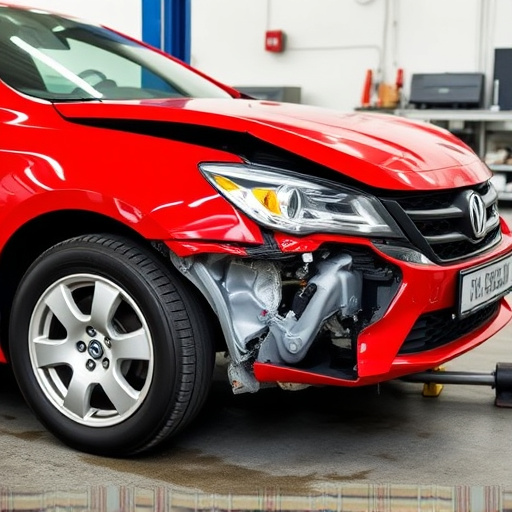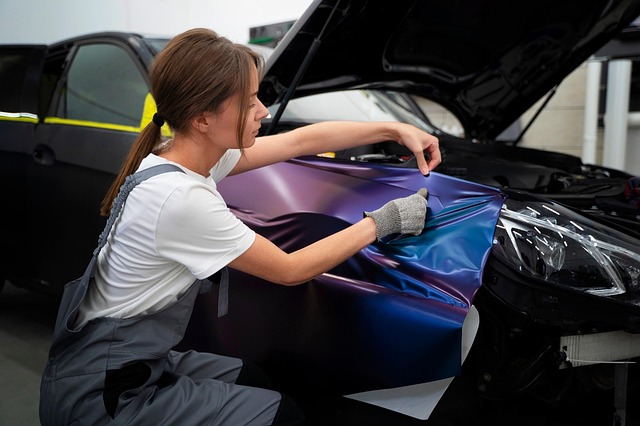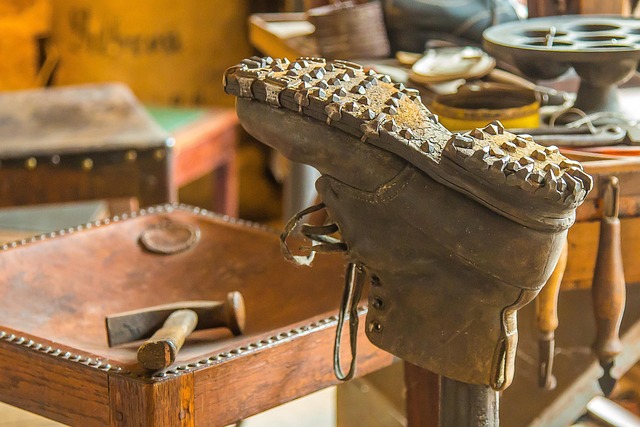Tesla collision repair is a meticulous process combining advanced technology and skilled craftsmanship. It starts with comprehensive damage assessment using diagnostic tools and software, followed by specialized equipment for precise frame straightening while preserving structural integrity. Beyond frame repair, tailored auto body restoration techniques are employed. Repair time varies based on damage severity, vehicle complexity, part availability, and technician experience. Optimizing Tesla collision repair time frames requires strategic integration of advanced technologies, industry best practices, efficient inventory management, use of genuine Tesla parts, and digital mapping for accurate body panel alignment, ultimately enhancing customer satisfaction.
Tesla collision repair, especially for frame straightening, involves meticulous processes designed to preserve the vehicle’s unique features. Understanding the typical Tesla collision repair time frame is crucial for car owners, as it significantly impacts their daily routines. This article delves into the intricacies of Tesla collision repair processes, explores factors that influence frame straightening duration, and offers best practices to optimize repair time, ensuring a smoother and more efficient restoration process.
- Understanding Tesla Collision Repair Processes
- Factors Affecting Frame Straightening Time
- Optimizing Repair Time: Best Practices and Tips
Understanding Tesla Collision Repair Processes
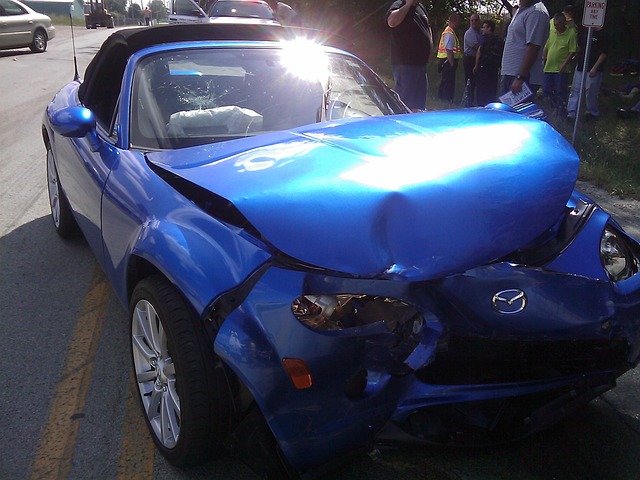
Tesla collision repair involves a meticulous process designed to ensure both safety and aesthetic precision. Unlike traditional auto body repairs, Tesla’s frame straightening techniques are often more complex due to the advanced materials and designs of their vehicles. The initial step involves a thorough inspection to pinpoint the extent of damage. Advanced diagnostic tools and computer-aided design software help technicians accurately measure and analyze each component.
Once the damage is assessed, skilled technicians employ specialized equipment for frame straightening. This may include hydraulic rams, air bag systems, and robotic arms that precisely manipulate metal to restore structural integrity without compromising the vehicle’s original specifications. The process extends beyond mere straightening; it encompasses auto body restoration techniques tailored to Tesla’s unique construction. Throughout these procedures, the focus remains on maintaining the vehicle’s performance, aesthetics, and the high standards set by Tesla in its manufacturing processes, all while adhering to a Tesla collision repair time frame that prioritizes efficiency without sacrificing quality.
Factors Affecting Frame Straightening Time
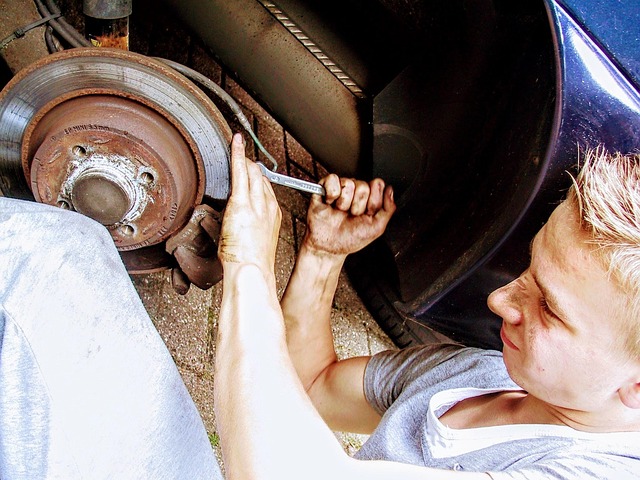
The Tesla collision repair time frame for frame straightening jobs can vary significantly based on several factors. One key determinant is the severity of the damage; more extensive repairs, involving multiple panel replacements or complex structural adjustments, naturally take longer than minor dents or scratches. The complexity of the straightening process itself also plays a crucial role, as some vehicles may have unique body panels or intricate design elements that require meticulous attention and specialized equipment.
Additionally, the availability of replacement parts can impact the Tesla collision repair time frame. For rarer vehicle models or those with specialized components, sourcing compatible parts might introduce delays. Likewise, the skills and experience of the repair technicians are essential; highly qualified professionals can often streamline the frame straightening process, while learning curves for new techniques or technologies may contribute to longer turnaround times. Other factors, such as the shop’s workload and quality control procedures, also influence the overall duration of auto body painting and Mercedes Benz repair processes, ultimately shaping the Tesla collision repair time frame.
Optimizing Repair Time: Best Practices and Tips

Optimizing Repair Time for Tesla vehicles involves a meticulous process that combines advanced techniques and best practices. At top-tier collision repair centers, technicians employ precision tools and specialized training to minimize frame straightening time without compromising quality. Regularly updating equipment and staying current with industry standards ensures efficient work flows, leading to quicker turnaround times.
Implementing efficient inventory management, utilizing genuine Tesla parts, and fostering open communication among team members further streamlines the repair process. Additionally, digital mapping and 3D scanning technologies play a significant role in accurate measurements, enabling technicians to precisely align body panels and ensure seamless finishes. Embracing these best practices translates to shorter Tesla collision repair time frames and ultimately, happier customers.
In understanding Tesla collision repair time frames, especially for frame straightening jobs, various factors come into play. By recognizing the impact of aspects like part availability, complexity of repairs, and shop efficiency, owners can better anticipate turnaround times. Adhering to best practices and implementing tips for optimization ensures not only faster repairs but also maintains the quality and precision that Tesla vehicles are known for. When it comes to Tesla collision repair time frame, being informed and proactive is key to minimizing downtime and restoring your vehicle to its original condition swiftly.
